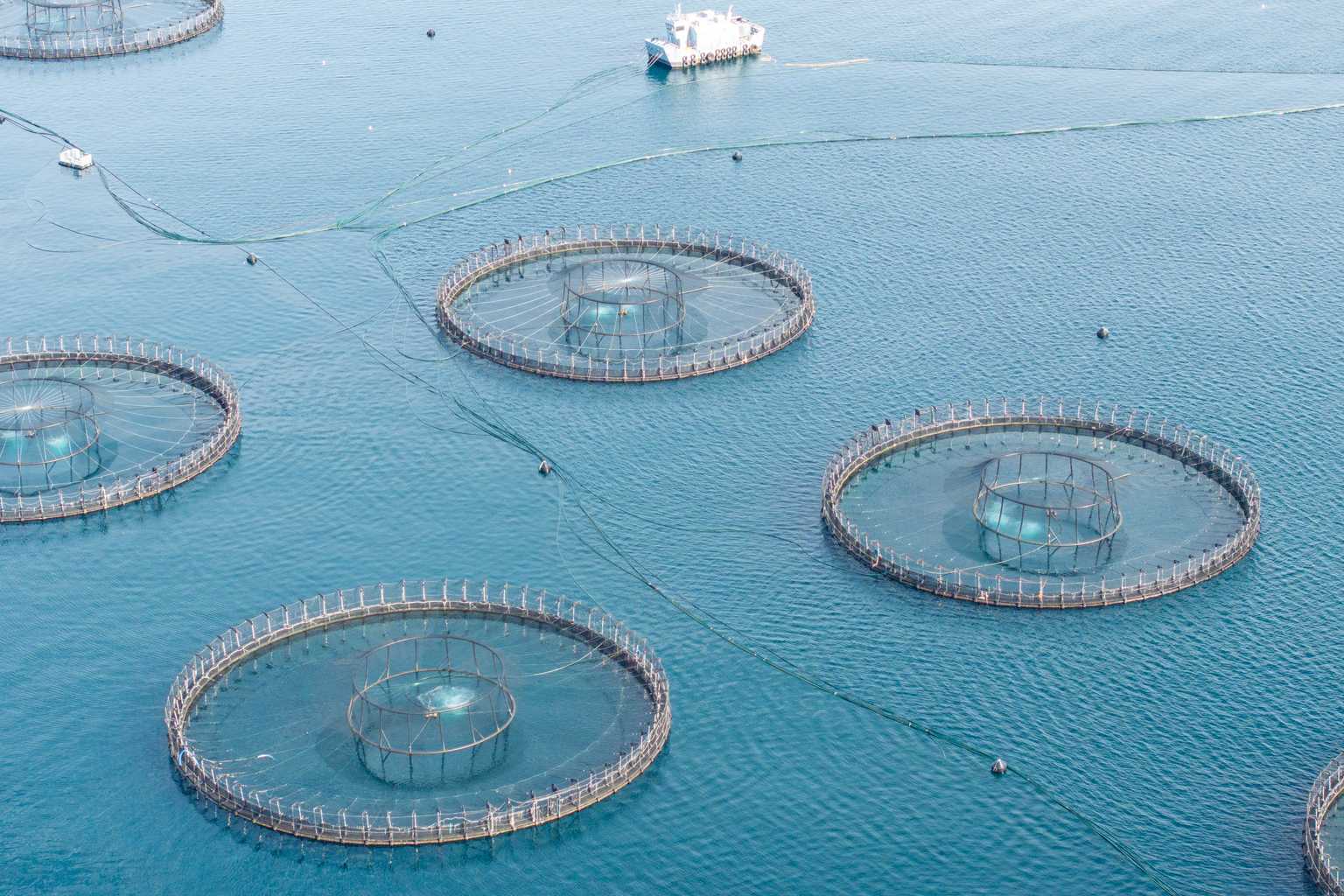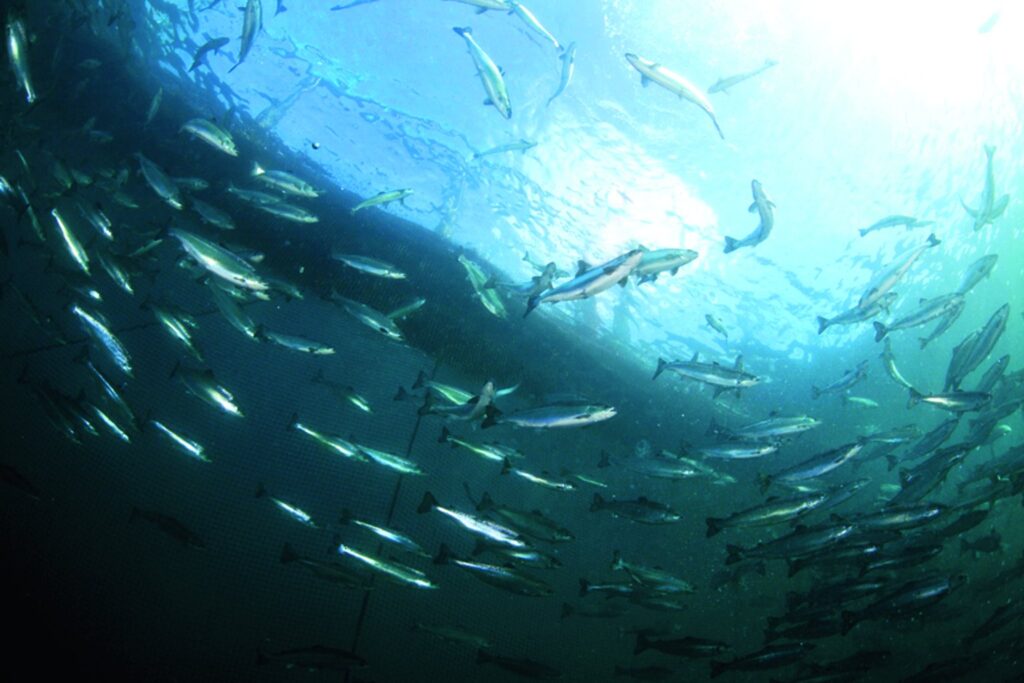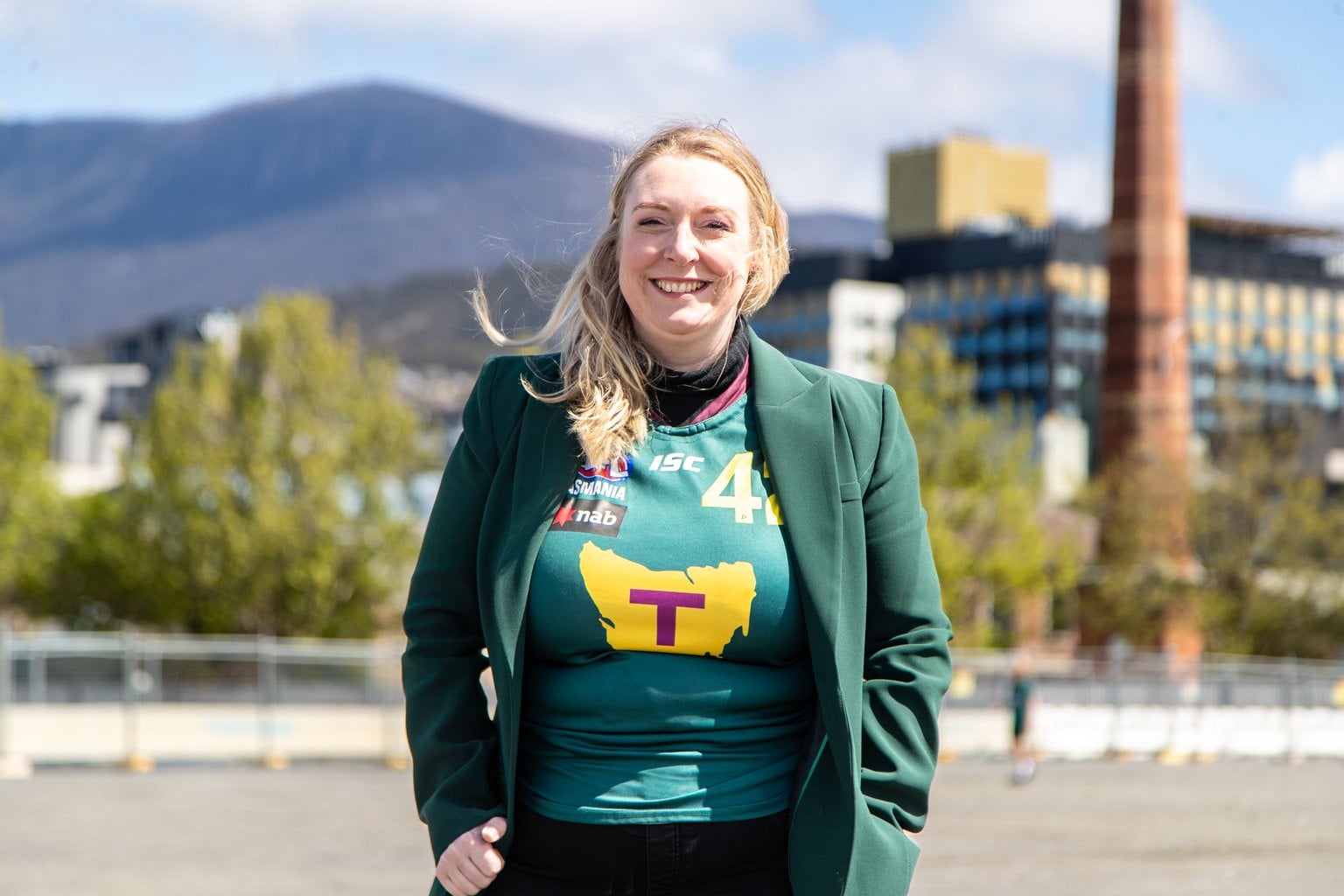Tasmania’s salmon industry can now, for the first time, use the antibiotic florfenicol to fight a bacterial disease that caused mass fish deaths last summer.
The Australian Pesticides and Veterinary Medicines Authority today approved the drug to combat Piscirickettsia salmonis – the bacterium behind last summer’s mortality crisis that wiped out millions of salmon.
Producer Tassal has wasted no time, already rolling out florfenicol at its Meads Creek and Stringers Cove leases near Dover.
Industry group Salmon Tasmania says other salmon farmers in the region are expected to begin treatments in the coming days, following advice from veterinarians.

Salmon Tasmania CEO John Whittington said florfenicol is the “global gold-standard” antibiotic for the sector.
“Unfortunately, the reality is that the microbe that caused the summer mortalities … is here to stay and we must adapt our farming practices to best manage it,” he said.

“That’s why we need every available tool in our toolbox to ensure the health of salmon, because as we all know there is no such thing as a silver bullet.”
The antibiotic has been used in aquaculture since the 1990s in countries including the United States, Canada, the United Kingdom, Japan, South Korea, Norway, Chile and China.
The Department of Health is warning of exposure to antibiotic residues and recommending recreational fishers consider not eating fish caught near salmon pens treated with florfenicol.
Director of Public Health Dr Mark Veitch said there is “no evidence of harm to human health” from consuming traces of the antibiotic but that recreational fishers “may choose to avoid exposure”.

“Eating fish caught three kilometres away will not completely remove the chance of consuming antibiotic residues,” he said.
“However, it is reasonable to assume that the closer a fisher is to a pen being treated – during and shortly after treatment – the more likely it is they may catch a fish with traces of florfenicol.”
“After 21 days it is very unlikely that wild fish – even those caught within three kilometres of treated pens – will have any detectable traces of florfenicol.”
Greens leader Rosalie Woodruff said the approval of the antibiotic was “deeply concerning”.

She said the industry should focus on reducing stocking levels to prevent disease outbreaks, rather than relying on new antibiotics.
“Heavy use of antibiotics is a ticking time bomb for animal and human health, as it leads to the emergence of antibiotic-resistant bacteria,” she said.
“Florfenicol is previously unused in Australian waters and we don’t know the impact that broad-scale dumping in public waterways would have on the marine environment and wild fish.”
Tasmania’s Chief Veterinary Officer and the state’s Environmental Protection Authority (EPA) have been notified of the new treatments.

The EPA has developed a monitoring program that includes sediment testing, wild fish sampling and water column analysis and will publicly report all results.
The salmon industry is currently subject to a review by the state government.







